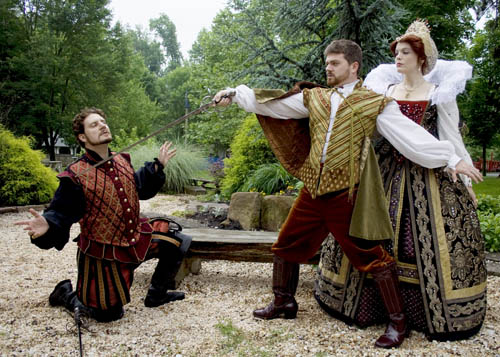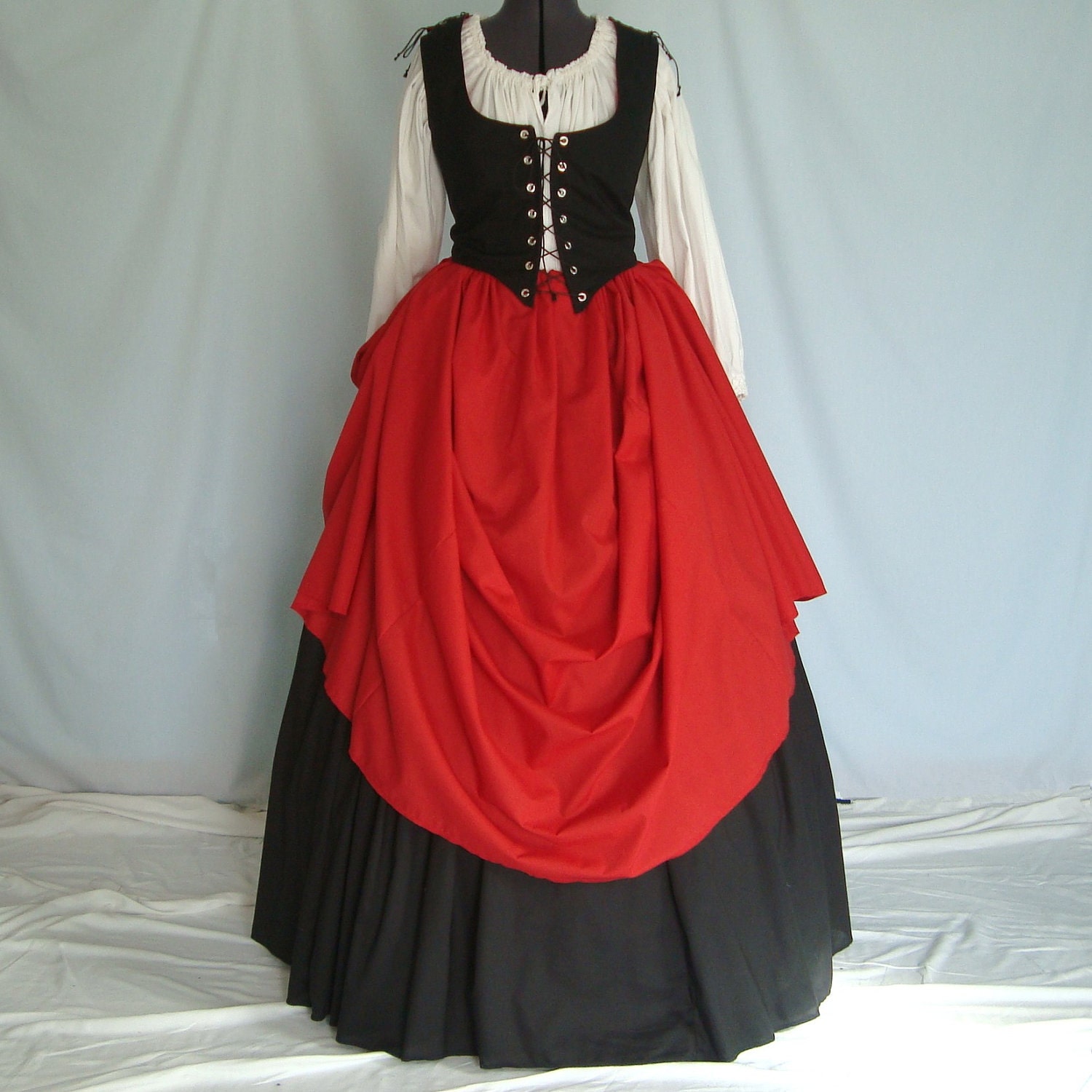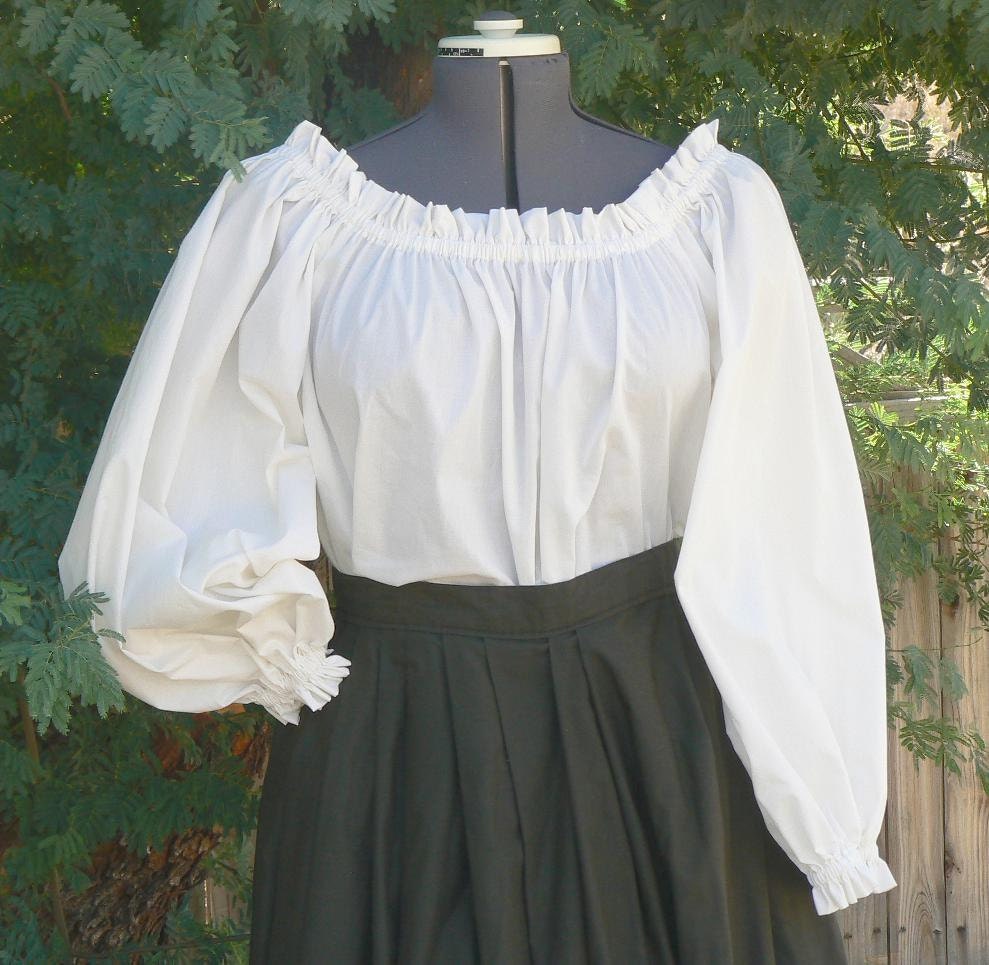Renaissance fairs are a widely varying experience for the fair-goer, depending upon whether you are a fan or a spectator of Renaissance fair culture. You know who I’m talking about, don’t you? The Society for Creative Anachronism crowd or your Dungeons & Dragons-playing friends from high school would fit the bill. Well, I confess: ever since I attended a Renaissance fair in high school and purchased a bodice and muslin peasant’s blouse, I was intrigued.
And not just because I could no longer breathe in fully whenever I wore my newly acquired outfit.
Choices, Choices
Little did I realize that many of these fairgoers take the endeavor quite seriously—especially the historically-accurate-clothing part. I mean, there’s an entire list of merchants cited on the SCA Juried Merchants List page for Clothing & Fabric. I noticed a considerable difference between outfits from Viking and medieval times and mid-to-late Renaissance-era times—as well as variations in outfits from different regions of Europe. Also, depending on which class you want to represent, your costume could look dramatically different: it’s the difference between muslin and satin, linen and velvet; royalty also tended to wear brighter colors than the peasant classes, who wore more earthy or natural tones, simply because the fabrics were likely to be undyed.
To Buy or To Make: That is the Question
After browsing through of some of the outfits on these sites, I realized that historically accurate clothing reproductions are not cheap! However, it would be easy to buy some of the more elaborate pieces, such as footwear or bodices, and make the rest of your costume, yourself. There is no shortage of patterns for medieval and Renaissance-period costumes on the web. What better way to put yourself in a wench’s shoes than to become a seamstress for a week or two and tailor your own outfit? Many of the patterns are relatively simple for skirts and blouses.
Shall We Conjugate, Then, and Go to the Faire?
I recommend attending a Renaissance fair in order to see various societal roles—such as cobbler, bar wench, maiden, and knight—enacted in person. In general, though, a good guideline for a basic Renaissance/medieval-era outfit includes the following:
- A natural/cream-colored chemise, which is a loose-fitted blouse with drawstring collar usually made from muslin or linen.
- A long free flowing or gathered skirt — either undyed or brightly colored, depending on your character’s socio-economic class status.
- A hat — if you like — with hair braided either way, if it’s long enough.
- A close-fitting bodice, often dark or brightly-colored, and usually made of either twill or brocade – again, depending on your character’s profession or class status.
Fare Thee Well!
Though the list of possibilities may be daunting, there are a limited number of factors to consider, and a lot of potential fun to be had, in the process. I hope you have a blast inhabiting the garb of a Renaissance-era woman, next time you have an excuse to dress in costume!

 Follow
Follow


